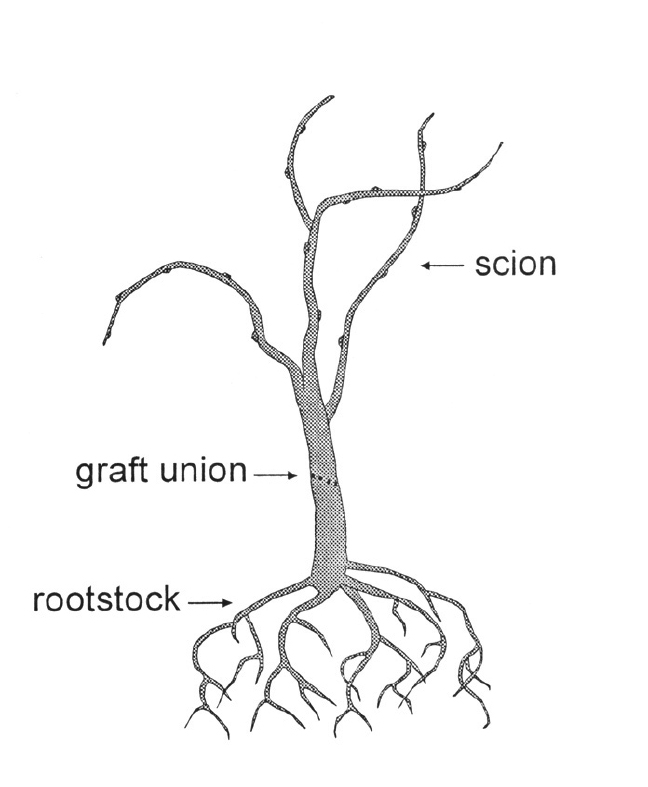Unidad 7 Audio

◙ Vocabulario
block bloque
early temprano
harvest cosecha
house casa
lab laboratorio
leaf hoja
leaves hojas
next próximo
pipe tubería
rootstock portainjerto
sample muestra
sugar azúcar
supervisor supervisor
temperature temperatura
vine vid, cepa
wine cask tonel
wine grower viticultor
◙ Verbos
to come venir
to cut cortar
to eat comer
to fix arreglar
to go ir
to move mover
to pick recoger
to start empezar
to sulfur azufrar
to take tomar, llevar
to turn off apagar
to turn on encender
to remove quitar
to understand entender
Órdenes e instrucciones- Commands and Instructions
Usamos el imperativo cuando damos órdenes e instrucciones. En inglés, el imperativo es muy fácil, ya que utiliza el infinitivo sin to para todas las personas.
Clean tank number 5. Limpie el depósito número 5.
Luís and Peter cut the bunches. Luis y Peter corten los racimos.
Práctica
A. Traducir las siguientes oraciones al español.
1. Speak with the crew.
2. Don’t sulfur tomorrow. Sulfur on Thursday.
3.Go to the winery.
4. Remove the leaves from the vine.
5. Come early tomorrow and work in block number seven.
B. Traducir las siguientes oraciones al inglés.
1. Venga mañana a las 3 de la tarde.
2. Empiece a trabajar el próximo lunes.
3. Ángel y Miles, arreglen el camión.
4. Lola hable con el supervisor.
5. Lleven las muestras al laboratorio.
C. Escribir diez órdenes o instrucciones en español y traducirlas al inglés.
El verbo ir – To Go
La conjugación del verbo (ir) to go en el presente es la siguiente:
| I go | yo voy |
| you go | tú vas |
| he/she/it goes | él, ella va |
| we go | nosotros vamos |
| you go | ustedes van |
| they go | ellos van |
I go to work at 7:00 A.M. Voy a trabajar a las 7 de la mañana.
He goes to home at 5:00 P.M. El va a casa a las 5 de la tarde.
Práctica
D. Traducir al inglés.
1. Voy a casa a las 5 de la tarde.
2. Ellos van a la playa (beach) en agosto.
3. Nosotros vamos a la oficina a las 7 de la mañana.
4. Ella va a la bodega todos los días.
5. Juan va al laboratorio los miércoles y los viernes.
El futuro – The Future
En inglés americano formamos el tiempo futuro con el infinitivo del verbo sin to y el auxiliar will para todas las personas.
to go
| I | will | go | yo iré |
| you | will | go | tú irás |
| he/she /it | will | go | él, ella irá |
| we | will | go | nosotros iremos |
| you | will | go | ustedes irán |
| they | will | go | ellos irán |
I will go to the office. I’ll go to the office*. Yo iré a la oficina.
Sandra will work with me. Sandra trabajará conmigo.
They will bring the sample. Ellos traerán la muestra.
* Para el futuro también podemos utilizamos una contracción cuando usamos pronombres.
Nota: Según vimos en la Unidad 4, para formar la interrogativa ponemos el auxiliar al empezar la oración. Y para formar la negativa: sujeto+auxiliar+ not.
Ejemplo: ¿Vendrás mañana? Will you come tomorrow?
No, no vendré mañana. No, I will not come tomorrow.
Práctica
E. Traducir al español las siguientes oraciones.
1. I will need those pallets tomorrow.
2. We will start removing leaves early in the morning.
3. Will you need the tractor on Monday?
4. She will work the harvest.
5. We will start picking on September 10.
6. I will speak with the supervisor tomorrow.
7. Will you eat with us?
8. I will not need these wine casks until next week.
9. They will come on July 15.
10. I will be in the office at 8:00 A.M.
F. Traducir al inglés las siguientes oraciones.
1. Peter moverá los toneles mañana.
2. Nosotros azufraremos el lunes a las 6 de la mañana.
3. Necesitará la muestra del azúcar el jueves.
4. Llevaré las uvas al molino (estrujadora) a las 3 de la tarde.
5. Usarán la máscara nueva.
G. Poner en interrogativa y en negativa las oraciones de la práctica E.
